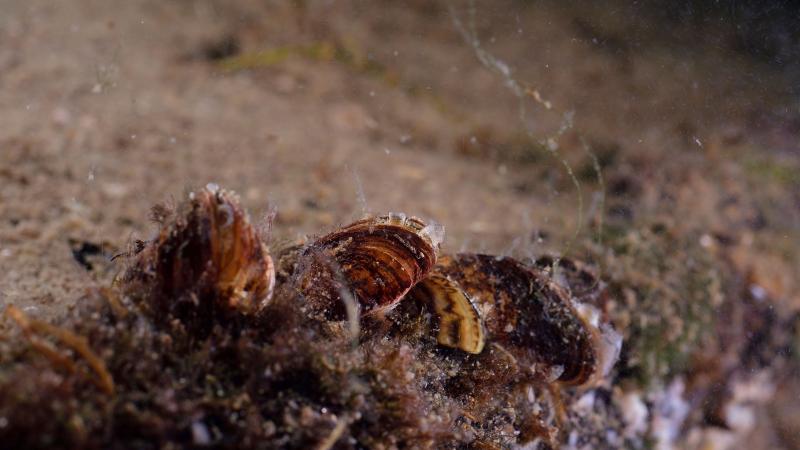
The Nile in Karthoum in Sudan. | Foto: shutterstock_281823527
Zooplankton are tiny organisms that live in water and play a central role in the aquatic food webs. They also serve as indicators of water quality. A high level of species diversity strengthens the resilience of river systems to environmental changes. Samples were collected from December 2017 to April 2018 and from October 2019 to March 2020, during the construction of the Grand Ethiopian Renaissance Dam (GERD) and before the first phase of filling the reservoir. GERD is Africa's largest hydropower plant and was inaugurated in September 2025.
“This dam will be a major step forward for energy production in the region. However, it is likely to have a significant impact on the river's ecosystem“, explained Samah Makawi, an IGB scientist, Lecturer at the University of Khartoum, native of Sudan, and lead author of the study.
Natural fluctuations in water levels and nutrient supply foster biodiversity
The White and Blue Niles converge near Khartoum to form the main river. Samah Makawi and Michael Monaghan research shows that the Blue Nile still has significantly higher zooplankton community diversity and temporal variability than the White Nile. The latter harbours only around half of the species found in the Blue Nile.
The research team attributes this to the greater variation in water flow and nutrient supply in the Blue Nile. There is already a dam on the White Nile which has significantly altered the water and nutrient flow in Khartoum. "The water level in the Nile naturally fluctuates greatly. Biotic communities have adapted to variations in water flow, sediment loads, and nutrients. While migratory fish are often the focus of dam impacts, the construction of a dam affects even the smallest organisms, which play an important role in water quality and the food web. This has already been demonstrated on the White Nile and might now be the fate of the Blue Nile through the construction of GERD", emphasised Makawi.
Ongoing and future pressures on the Nile River ecosystem require improved efforts to monitor its biodiversity
The study also emphasises the suitability of eDNA metabarcoding for biodiversity monitoring. “In view of the ongoing changes to the ecosystem, there is a need for better monitoring of biodiversity in the Nile ecosystem“, said Prof Michael Monaghan, who led the study and is a researcher at IGB. We found that eDNA-based methods provided important information despite the fact that tropical zooplankton species are poorly represented in DNA databases. Due to its high sensitivity, cost efficiency and time savings, eDNA metabarcoding can be a promising way to implement a biodiversity monitoring program which is lacking in the Nile in Sudan.






